Crew 191 Operations Report 04/06/2018
SOL: 13
Name of person filing report: Wataru Okamoto
Non-nominal systems: Solar system, Water Tank
Notes on non-nominal systems: Solar system seems normal operating. We attach SOL13 parameter. We take care of water system.
Generator (hours run): 15.5hours
Solar SOC 67% (Before generator is run at night)
Diesel 90%
Propane 70psi.
Ethanol Free Gasoline (5 Gallon containers for ATV) ? – gallons.
Water (trailer) – %
Water (static) 20%
Trailer to Static Pump used ? Yes
Water (loft) Static to Loft Pump used Yes
Water Meter: 133158.2
Toilet tank emptied: No
ATV’s Used: (Honda, 300, 350.1, 350.2, 350.3) –
Oil Added –
ATV Fuel Used:
Hours the ATVs were Used today: –
Notes on ATVs:
Deimos rover used: Yes
Hours: 118.6h
Beginning charge: 100%
Ending charge: 99%
Currently charging: plugged
Sojourner rover used: ASSIGNED TO DIRECTOR
Hours:
Beginning charge:
Ending charge:
Currently charging:
Spirit rover used: Yes
Hours: 30.4h
Beginning charge: 100%
Ending charge: 98%
Currently charging:
Opportunity rover used: –
Hours: 28.8h
Beginning charge: 100%
Ending charge: %
Currently charging:
Curiosity rover used: Yes
Hours: 25.0h
Beginning charge: 100%
Ending charge: 97%
Currently charging: plugged
HabCar used and why, where? We went to Hanksville. Because water supply.
General notes and comments: Solar system seems normal operating. We attach SOL13 parameter.
Summary of internet: No problem
Summary of suits and radios: 5 charger of the backpack out of order.
Summary of Hab operations: We supply the black tank 20%. The fluorescent light on the first floor near the stairs blinking.
Summary of GreenHab operations: No problem
Summary of ScienceDome operations: Only use checking the solar system.
Summary of RAMM operations: No problem
Summary of health and safety issues: No problem
Questions, concerns and requests to Mission Support: We need two fluorescent light.
Water.xlsx
SOL-Trouble_SOL13.xlsx


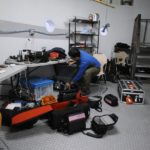
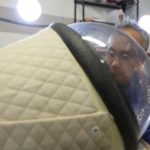
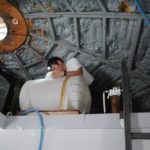
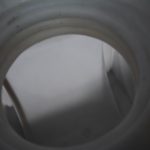
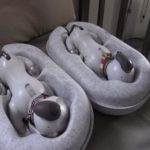
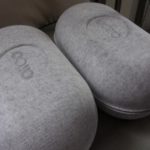
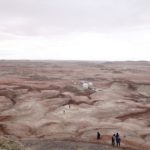

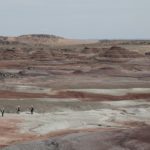
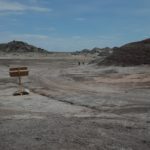
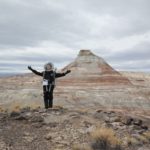
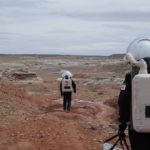
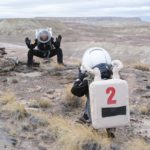
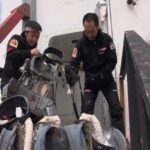
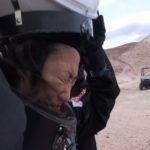
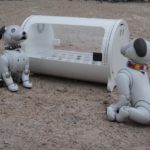
You must be logged in to post a comment.